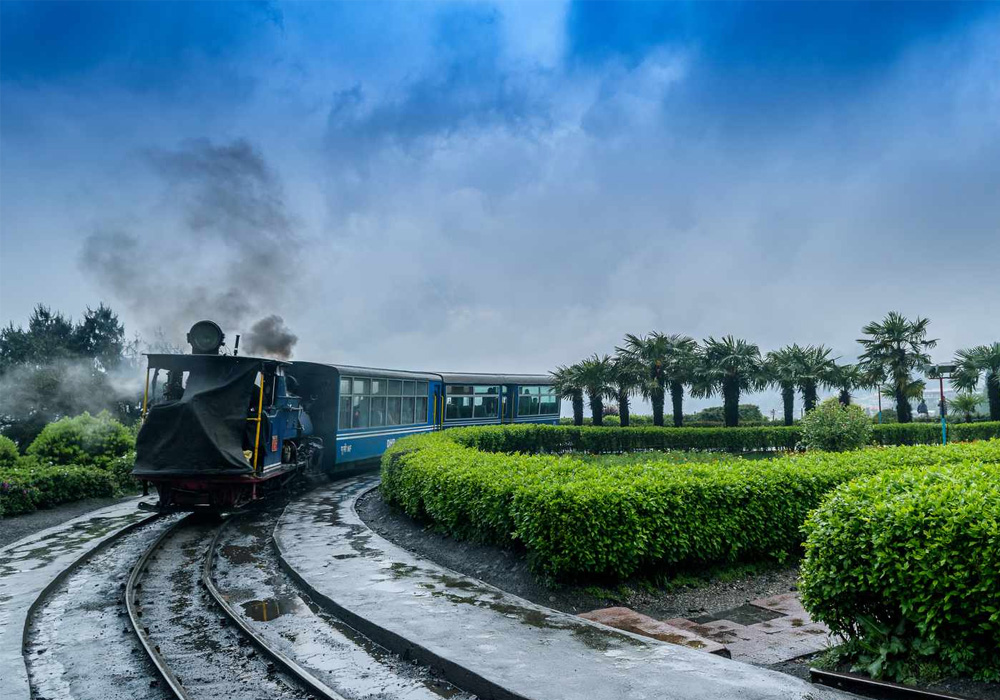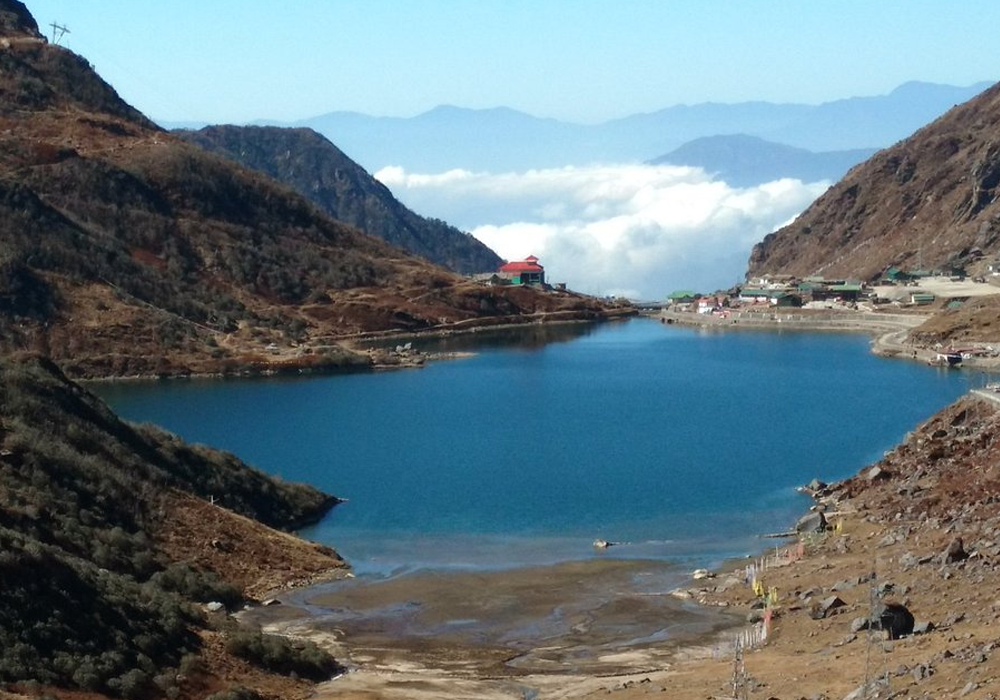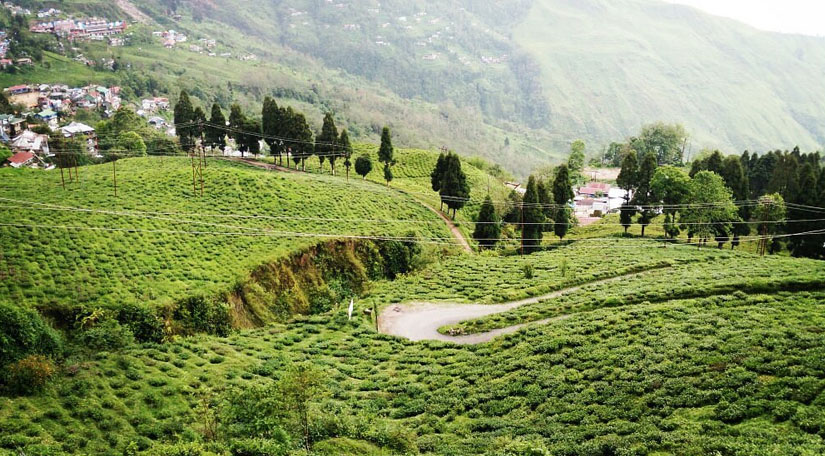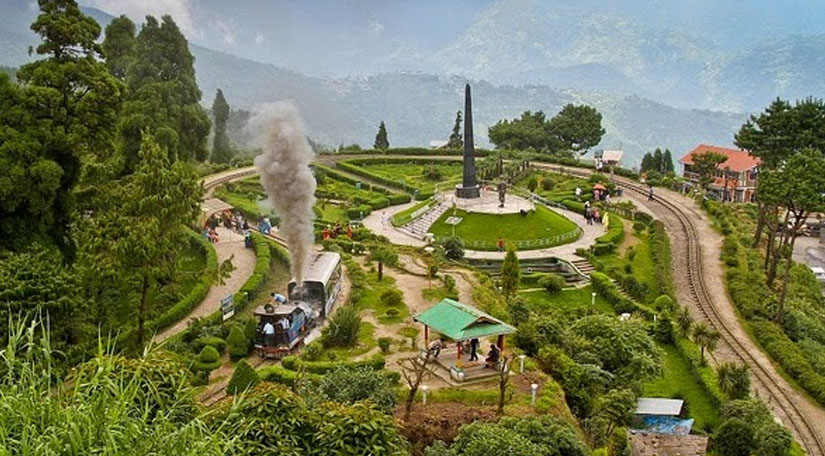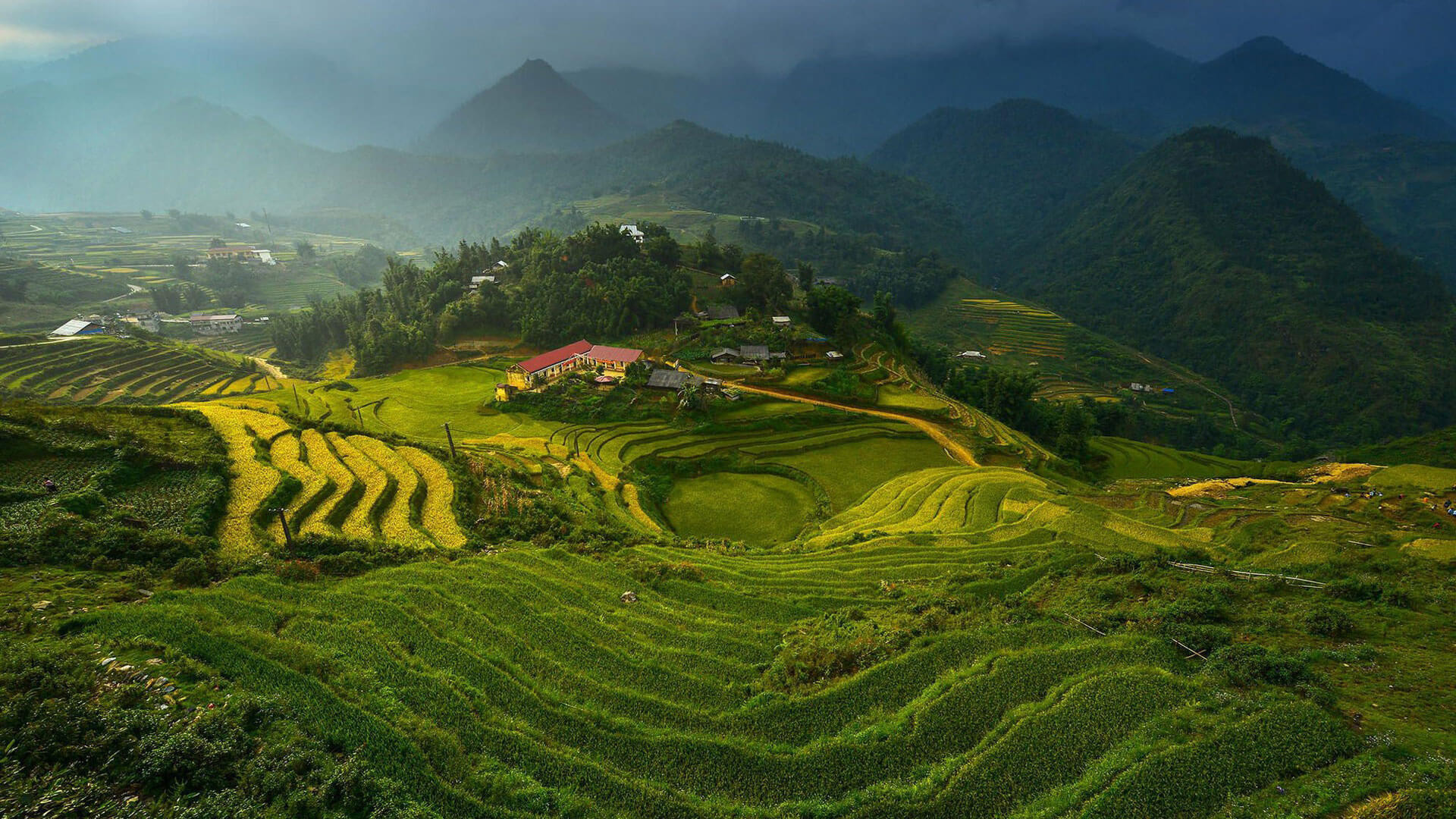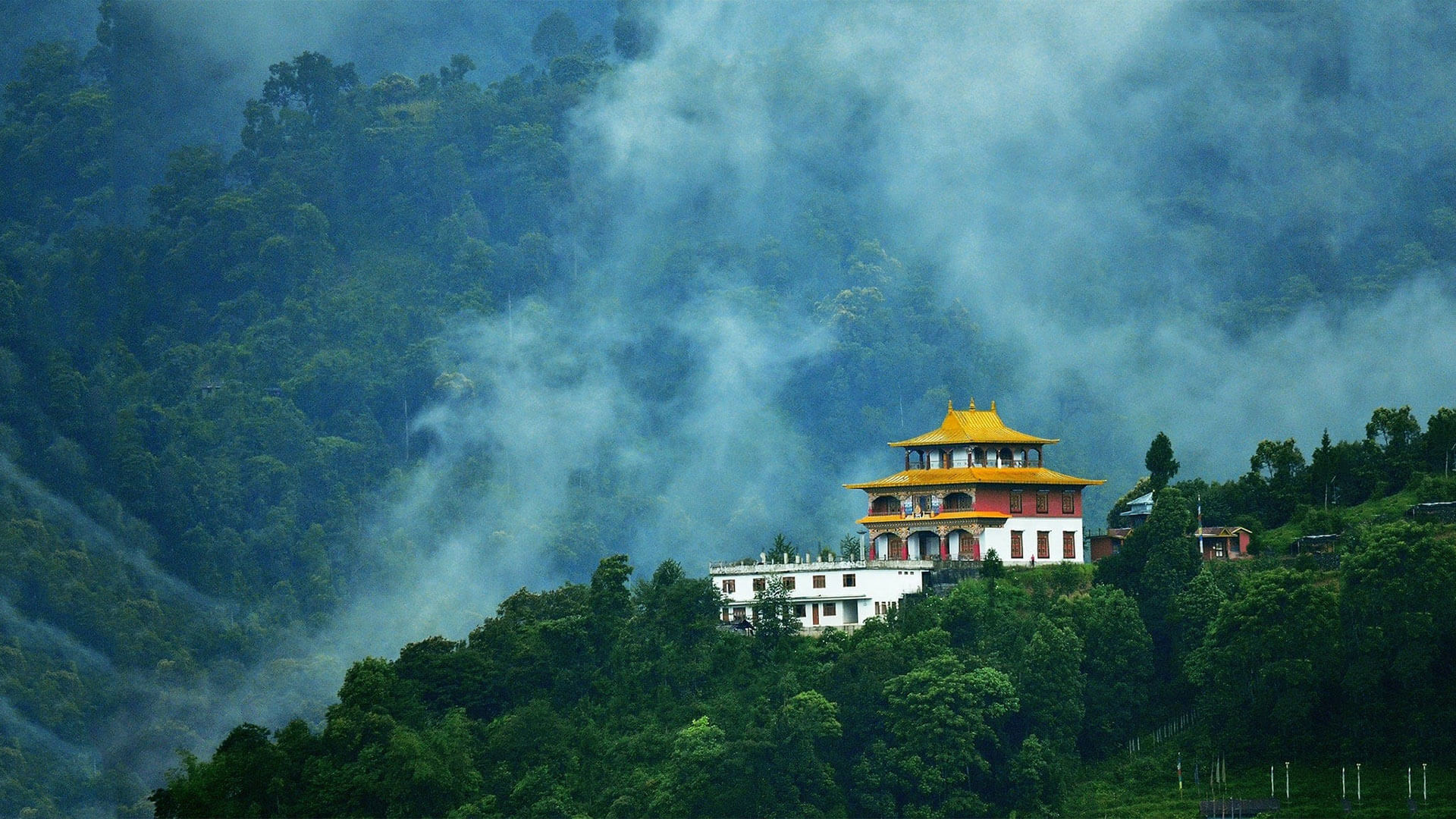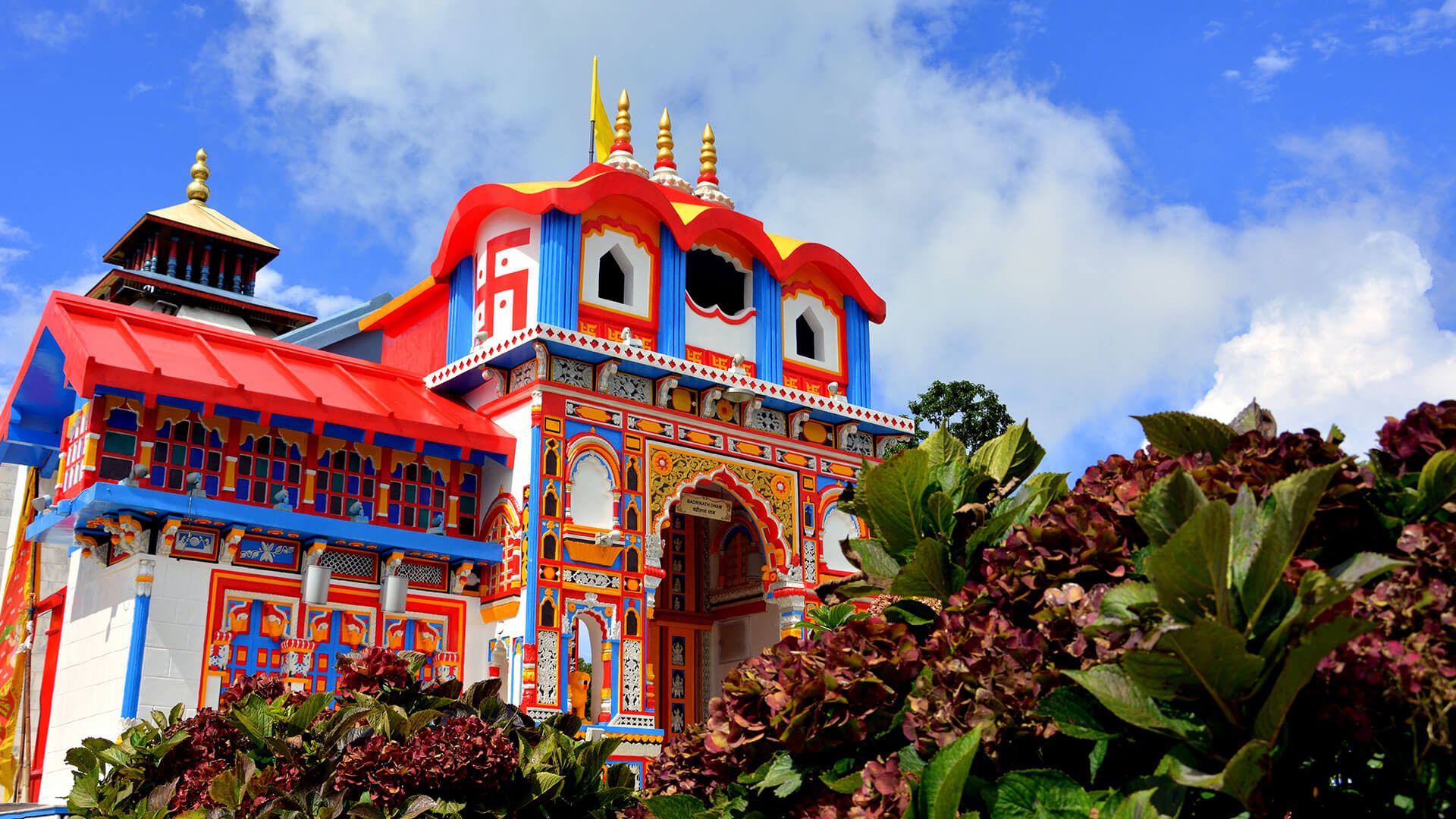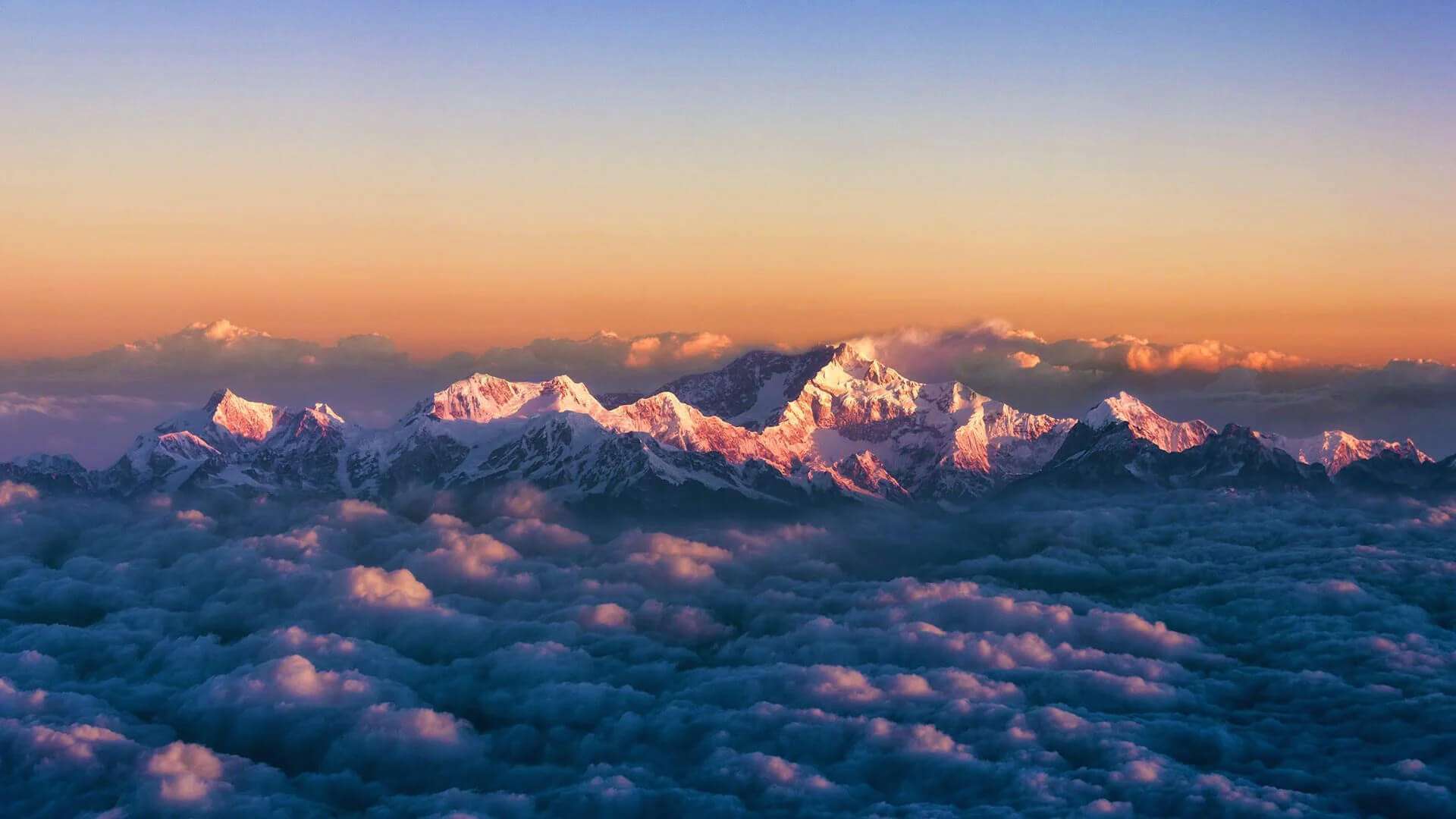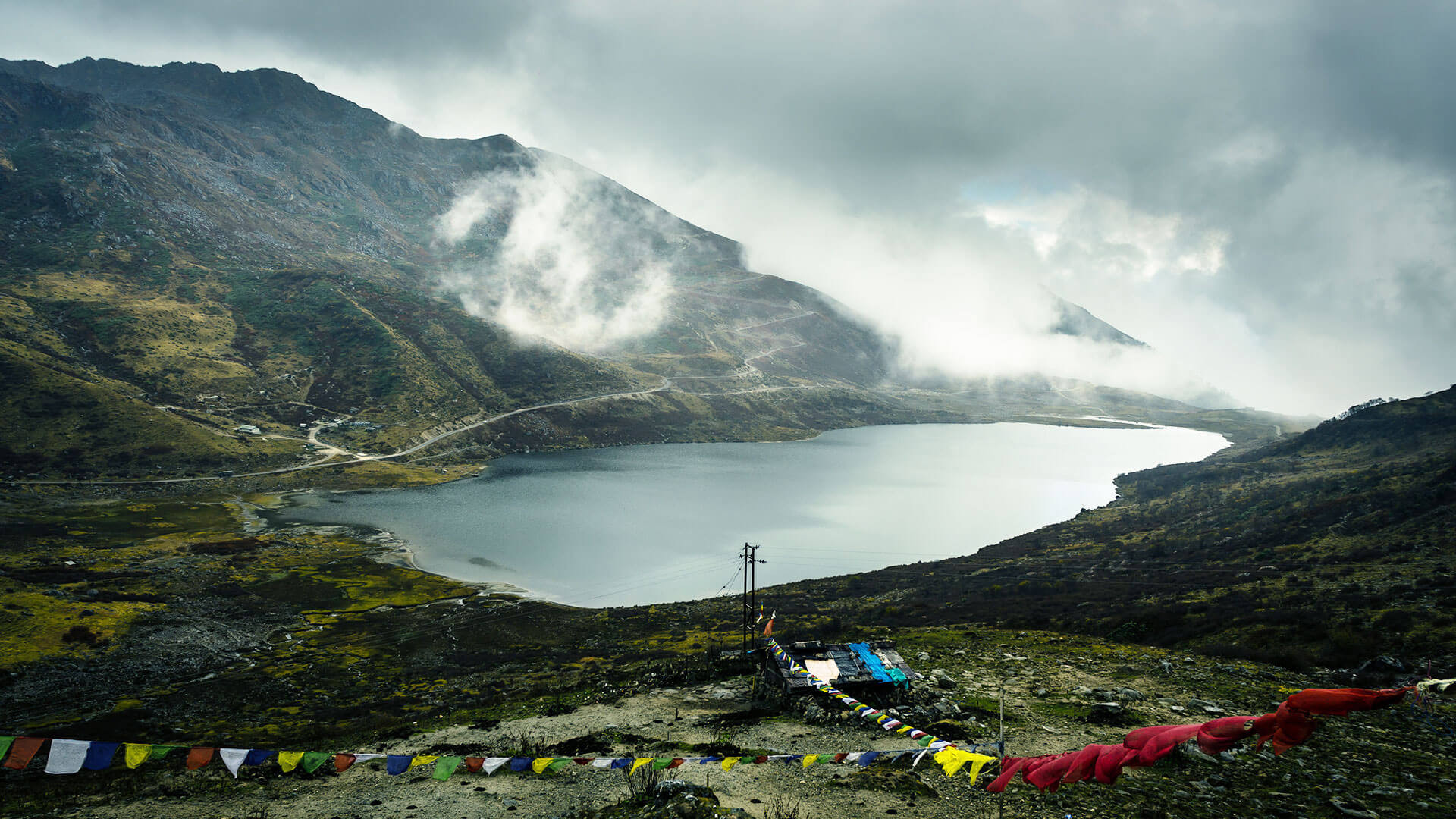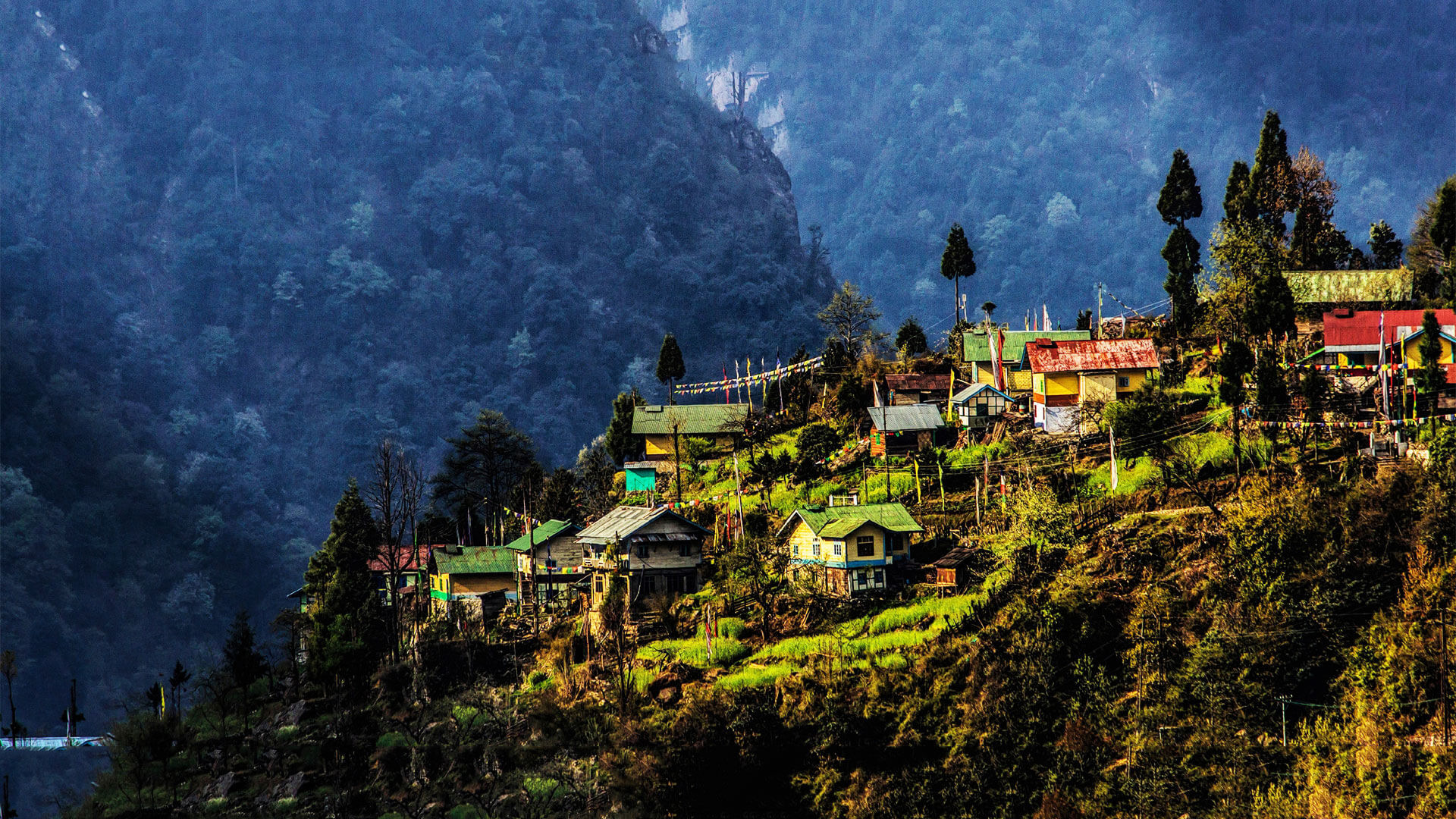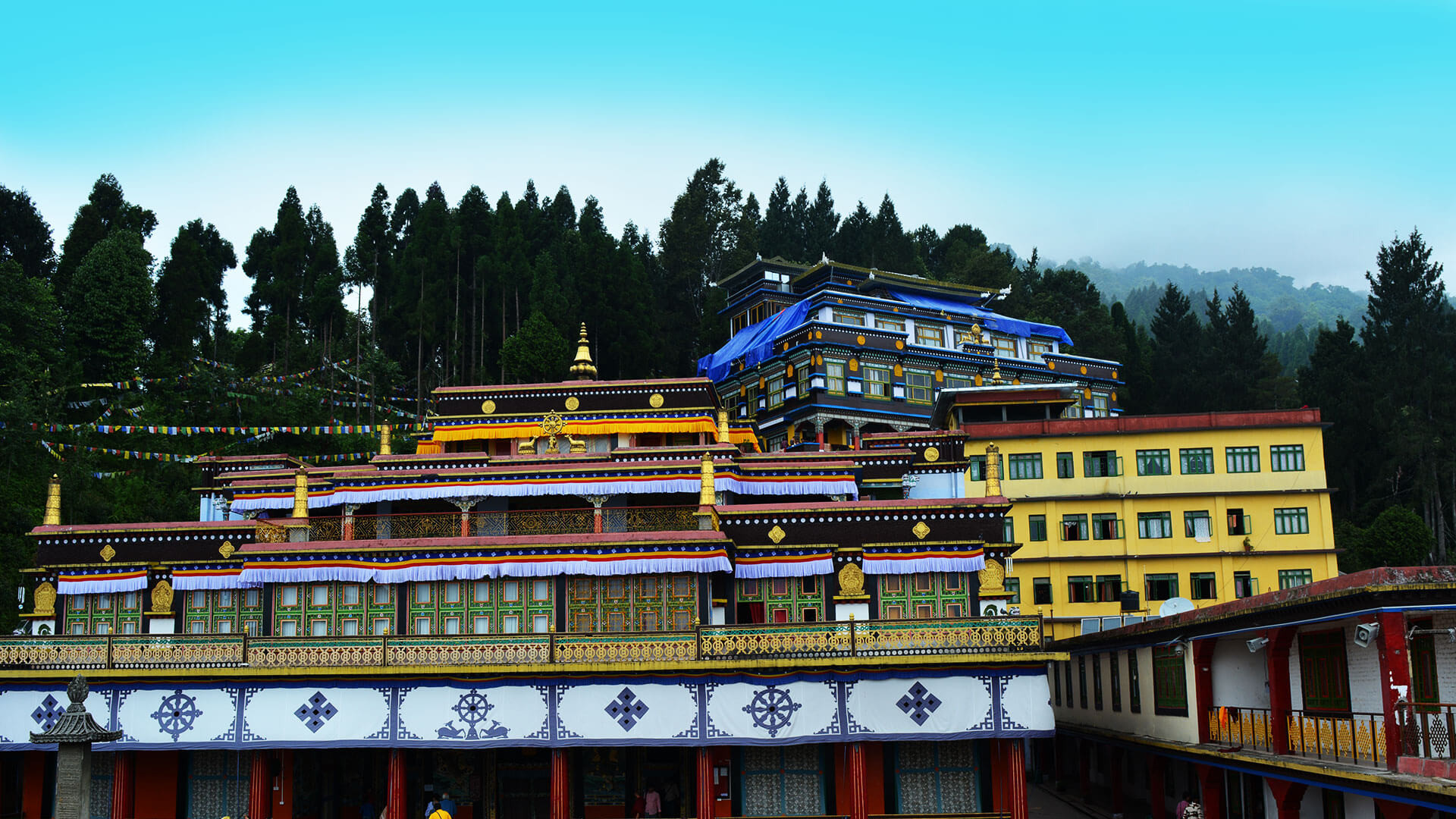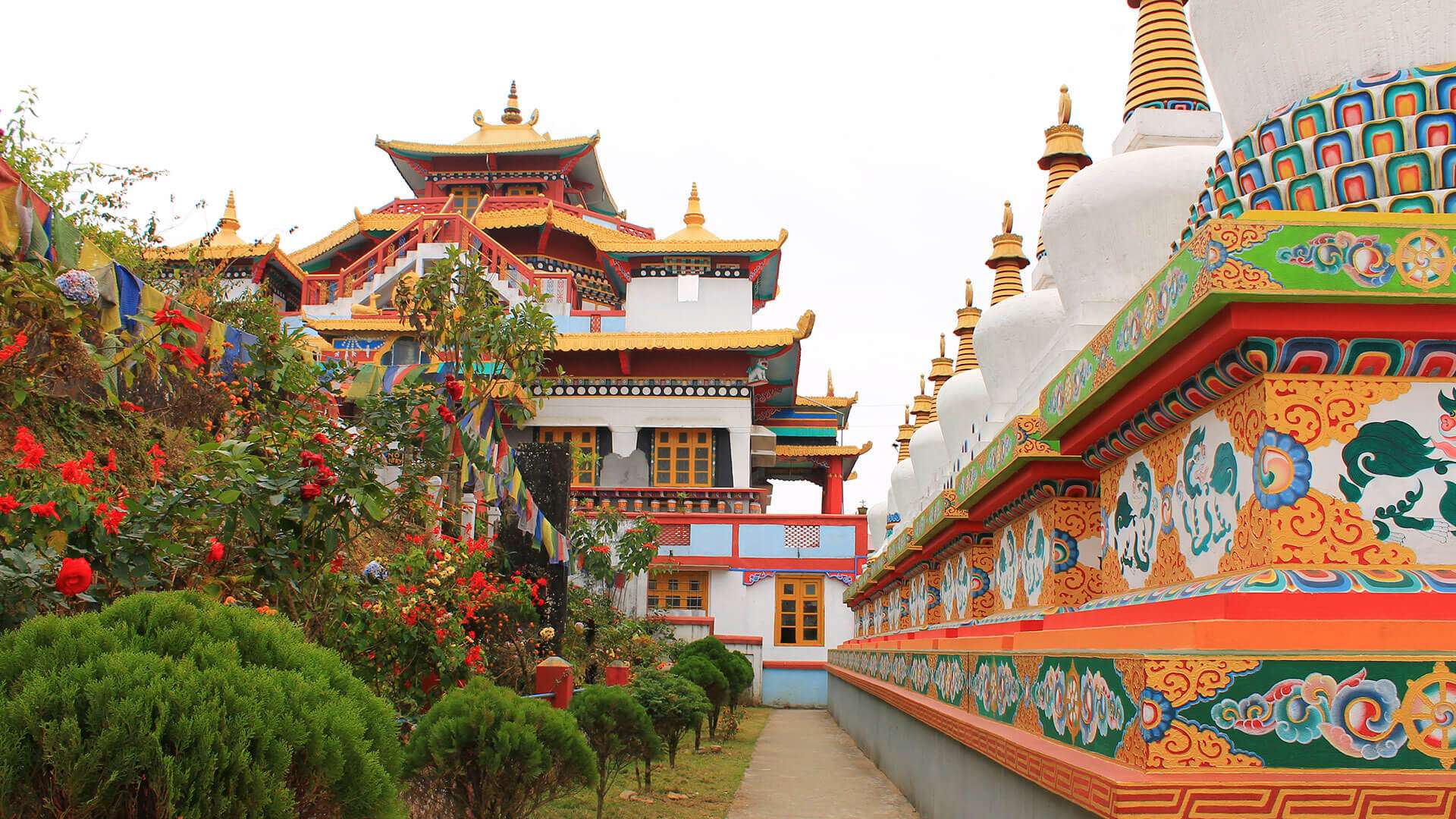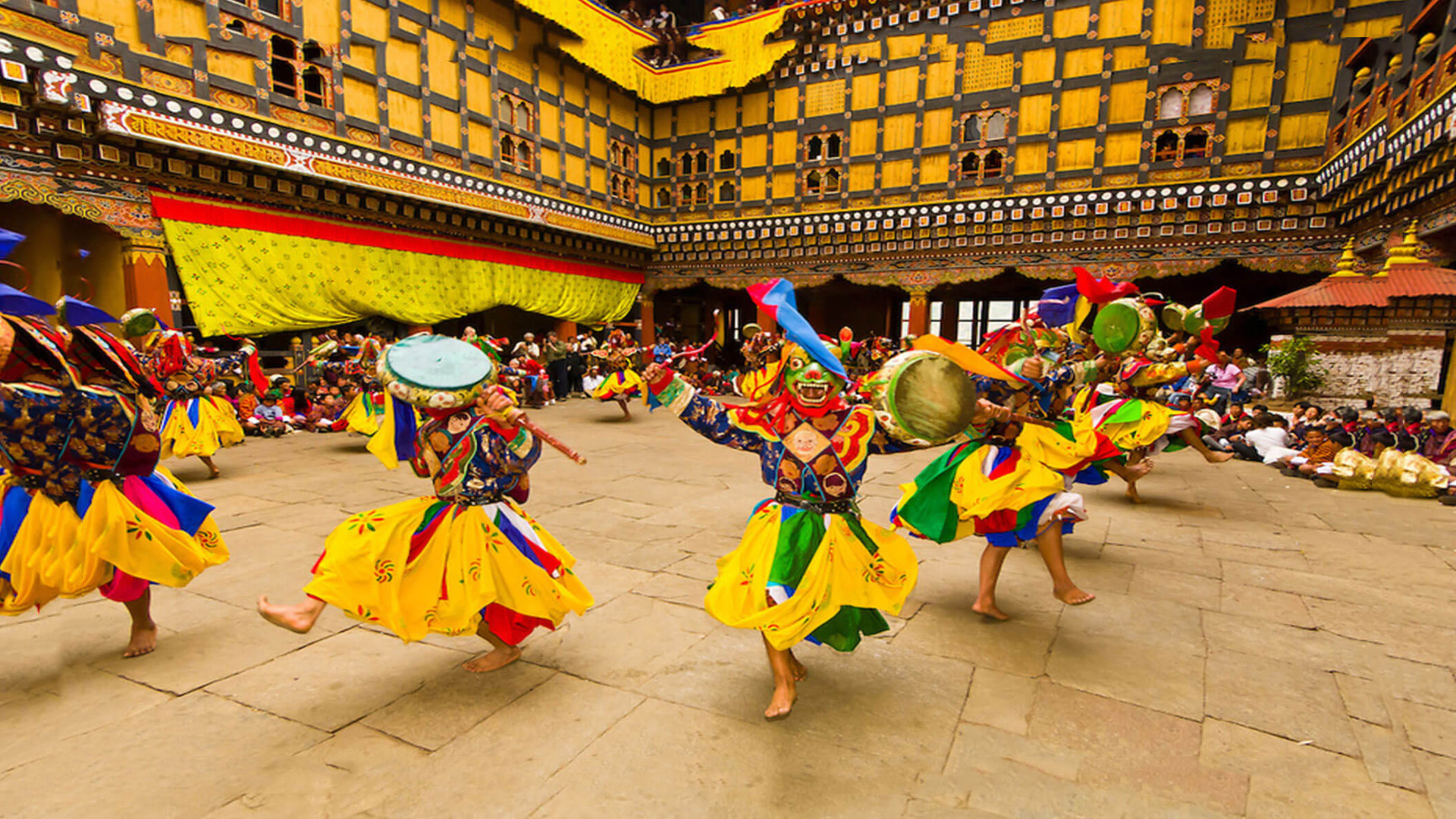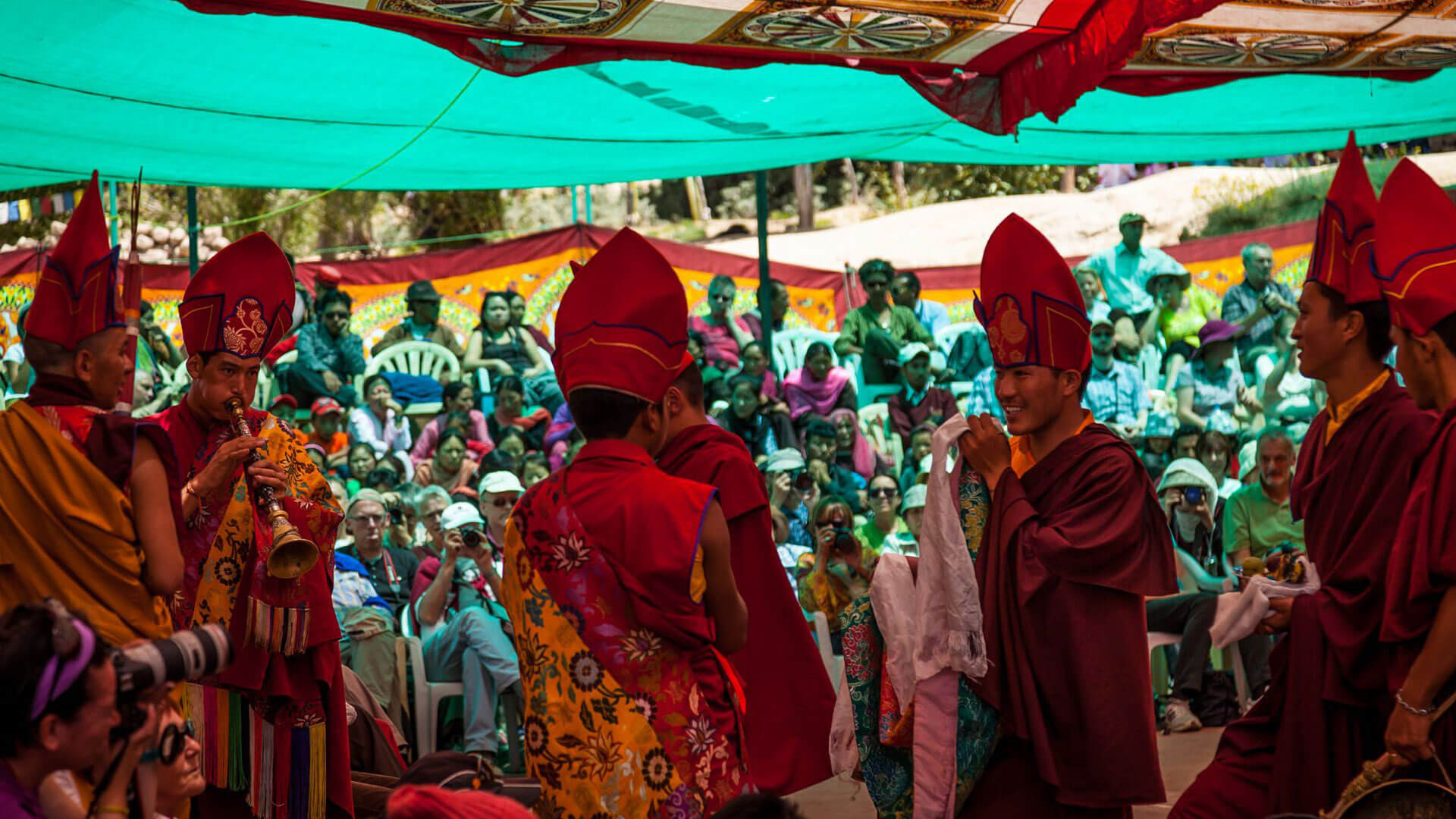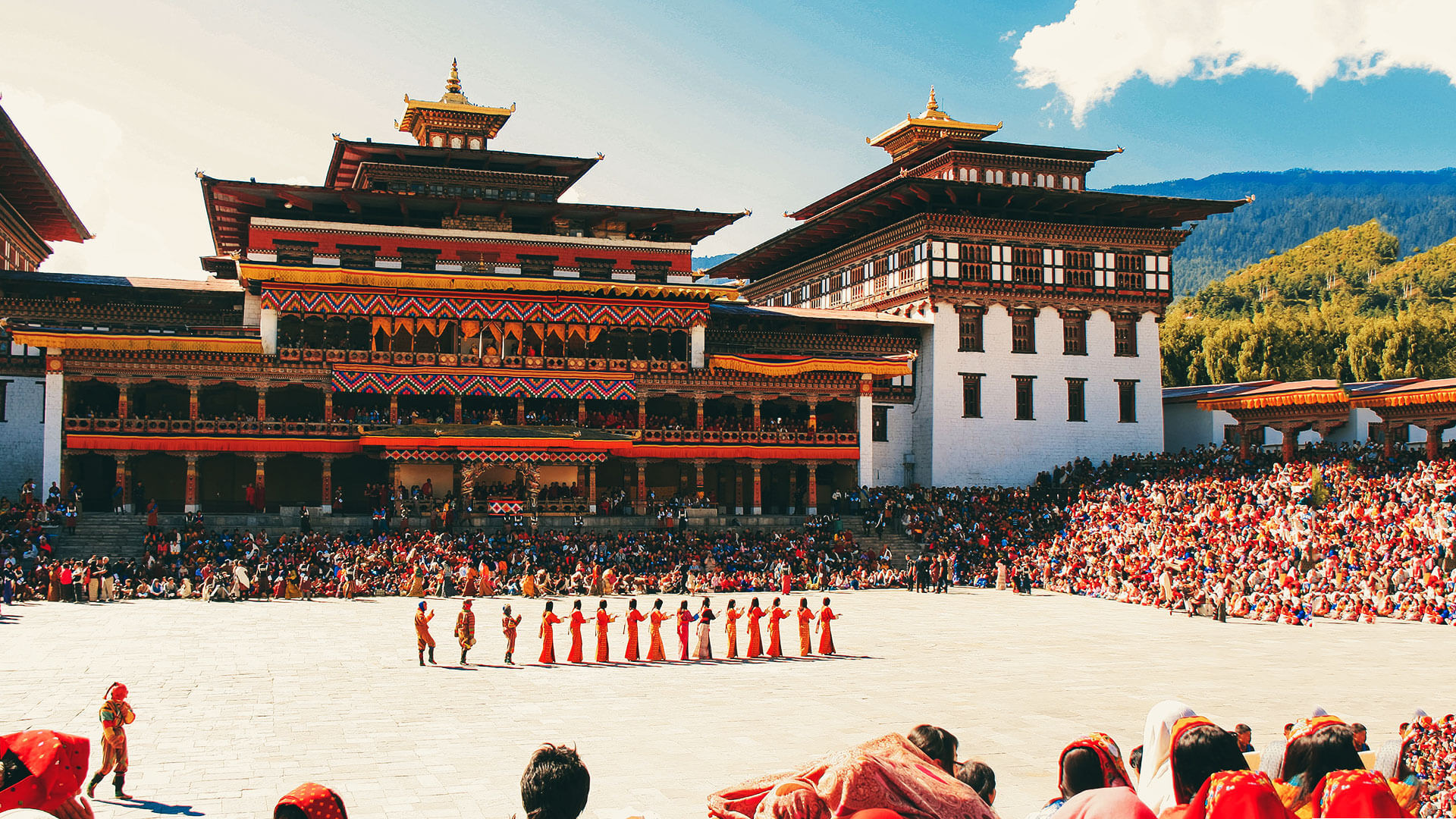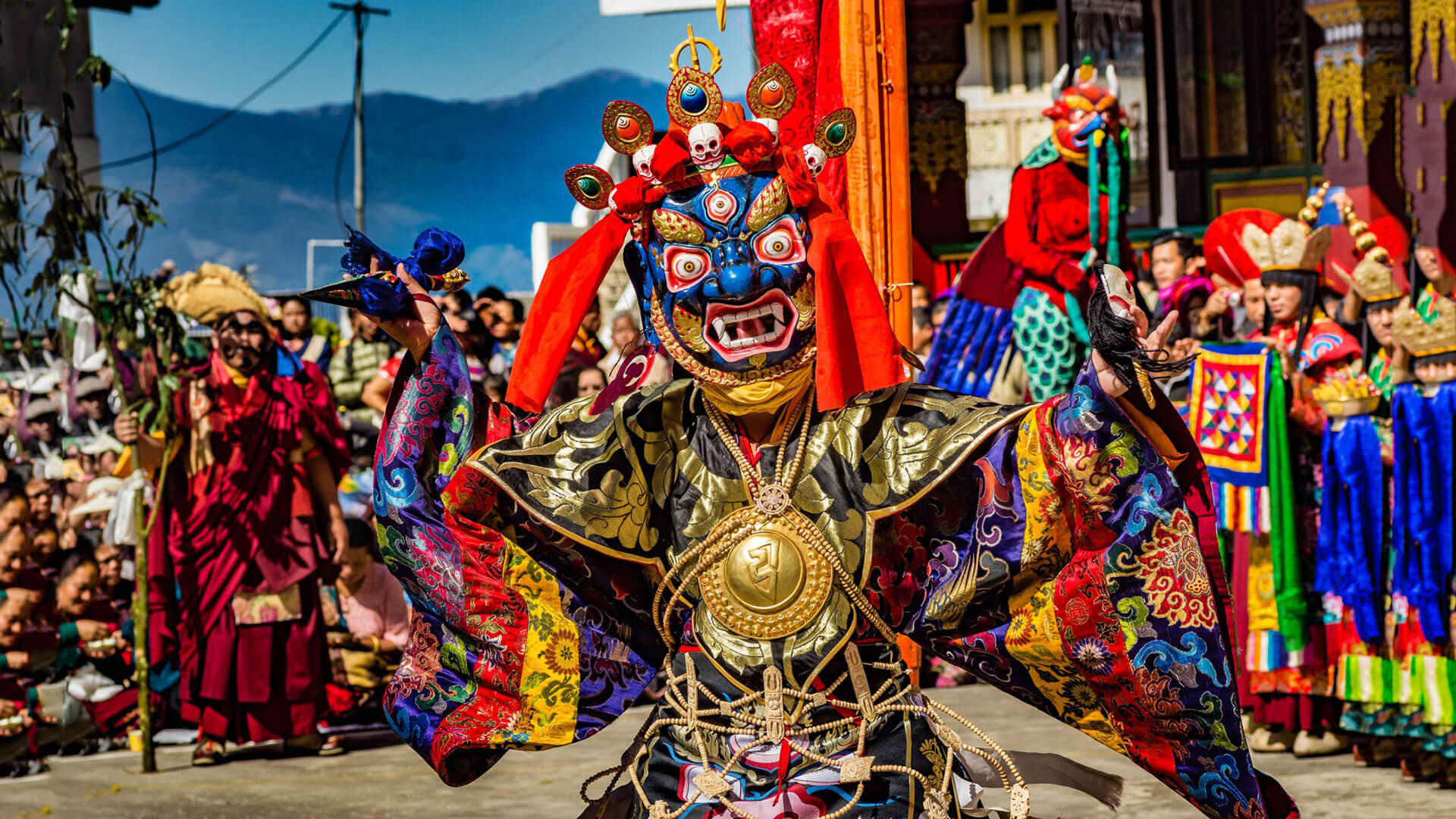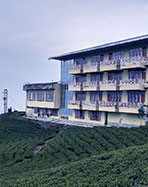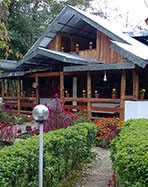Sikkim Tour Packages 2025
Cities in Sikkim
Best Destinations in Sikkim
Why Sikkim is Known as The Land of Orchids?
Lying in the northeast region of India, Sikkim is a little paradise on earth. This mini-state boasts an incredible history of establishment and cultural diversity. Home to the third-highest mountain peak in the world, Kanchenjunga, Sikkim is a land of alpine meadows, glaciers, lush valleys, and vibrant wildflowers. Known as the "Land of Orchids," the state flourishes with over 500 species of these exquisite blooms, adding to its scenic charm. With its capital in Gangtok, Sikkim shares borders with Bhutan, Tibet, and Nepal, reflecting a beautiful blend of cultures.
The state’s pristine lakes, gushing waterfalls, and dense forests make it a haven for nature lovers, while its rich Buddhist heritage, seen in monasteries like Rumtek and Pemayangtse, adds a spiritual allure. The most pleasant time to visit Sikkim is between March and November when the landscape comes alive with blooming flowers and clear Himalayan views. The sight of the mighty Himalayan range from Sikkim is a surreal experience, making this state nothing short of paradise.
Historical Significance of Sikkim
Sikkim’s history is a fascinating tale of monarchy, conflict, and eventual integration into India. Beginning in the 17th century, the region was ruled by the Chogyals of the Namgyal Dynasty for nearly 333 years. The first Tibetan Lama ruler, Penchu Namgyal, ascended the throne in 1642. Over the years, Sikkim faced multiple conflicts with Nepal, Bhutan, and Tibet, emerging victorious but at the cost of losing parts of its territory. In 1814, Sikkim allied with the East India Company, reclaiming its lands and acquiring Darjeeling. Later, the Calcutta Convention of 1890, signed by Viceroy Lord Lansdowne and Qing China’s Imperial Associate, established the boundary between Sikkim and Tibet.
After India gained independence, relations between New Delhi and Gangtok were reshaped through the 1950 treaty, making Sikkim a protectorate. However, internal unrest, economic inequality, and feudal struggles led to growing dissatisfaction among its people. In response, the Chogyal introduced a new constitution in 1953 and held multiple elections, but political instability persisted. Seeking closer ties with India, Sikkim was granted associate state status in 1974 through the 35th Constitutional Amendment. However, this temporary arrangement did not last long.
In 1975, a historic referendum was held, where 59,637 people voted in favor of joining India, while only 1,496 opposed it. This led to the 36th Constitutional Amendment, officially making Sikkim the 22nd state of India. Today, Sikkim stands as a proud symbol of cultural richness and resilience, embracing its past while thriving as an integral part of the nation.
Read More : Things To Do In Sikkim
Climate in Sikkim
Sikkim experiences a diverse climate due to its varying altitudes, ranging from subtropical in the lower valleys to alpine in the high mountains. Summers (March to June) are pleasant and mild, while monsoons (July to September) bring heavy rainfall and lush greenery. Winters (November to February) are cold, with snowfall in higher regions. The best time to visit is March to November, when the weather is most favourable, offering blooming landscapes, clear skies, and breathtaking Himalayan views.
Culture and Tradition of Sikkim
Sikkim is a true reflection of diversity and harmony, with its culture shaped by various tribes, communities, religions, and languages. The state's urban areas are home to many plainsmen engaged in government services and businesses, while its indigenous people, the Lepchas, Bhutias, and Nepalese, add to its rich cultural fabric. The Lepchas are the original inhabitants, while the Bhutias trace their roots to Tibet. The Nepalese, who migrated centuries ago, now form 80% of the population, primarily following Hinduism, except for the Tamangs and Sherpas, who practice Buddhism.
Sikkim is renowned for its monastic culture, with the Tashiding Monastery in western Sikkim considered the most sacred. Over time, communities embraced Buddhism and Christianity, incorporating spiritual beliefs into their traditions. The state recognizes Lepcha, Sikkimese, and Nepali as its main languages. This vibrant cultural fusion brings a variety of festivals and rituals, enriching Sikkim’s tourism appeal. Among them, the Bhumchu Festival holds special significance, symbolizing peace and prosperity.
Best Tourist Destinations in Sikkim
Gangtok: The vibrant capital with stunning Himalayan views
Tsomgo Lake: A mesmerising glacial lake surrounded by mountains
Lachung & Lachen: Picturesque mountain villages with pristine beauty
Pelling: Home to panoramic views of Mt. Kanchenjunga
Nathula Pass: A historic mountain pass connecting India and Tibet
Yumthang Valley: The breathtaking "Valley of Flowers"
Ravangla: Known for Buddha Park and serene monasteries
Zuluk: A hidden gem along the Silk Route
Gurudongmar Lake: A sacred high-altitude lake
Namchi: Famous for the Char Dham pilgrimage site
Romantic Destinations in Sikkim
- Tsomgo Lake: A dreamy lake perfect for couples
- Lachung: Cozy stays amidst snowy landscapes
- Namchi: Peaceful retreat with breathtaking views
- Yumthang Valley: Romantic walks among colourful flowers
- Ravangla: Serene environment with spiritual vibes
- Pelling: Tranquil views and stunning sunsets
- Temi Tea Garden: Lush green plantations for romantic strolls
- Zuluk: Offbeat destination for adventurous couples
- Borong: A hidden paradise with hot springs
- Kanchenjunga Falls: A perfect backdrop for couples’ photos
Why Visit Sikkim?
Sikkim, a paradise in India’s northeast, offers breathtaking landscapes, vibrant culture, and adventure-filled experiences. Home to the majestic Kanchenjunga, it boasts snow-capped mountains, lush valleys, serene lakes, and ancient monasteries. Nature lovers can explore Yumthang Valley, Tsomgo Lake, and Gurudongmar Lake, while thrill-seekers can enjoy trekking, river rafting, and paragliding. Sikkim’s rich cultural blend of Lepchas, Bhutias, and Nepalese enhances its charm, with festivals like Bhumchu and Losar adding vibrancy. The state’s eco-friendly practices, pleasant climate, and warm hospitality make it an ideal year-round destination. Whether for romance, adventure, or spirituality, Sikkim promises an unforgettable experience.
When to Visit Sikkim?
The best time to visit Sikkim is March to June for pleasant weather, blooming valleys, and adventure activities. September to November offers clear skies and stunning Himalayan views, making it ideal for sightseeing. December to February is perfect for snow lovers, especially in places like Lachung and Tsomgo Lake. Avoid the monsoon season (July to early September) due to heavy rainfall and landslides.
Read more : Places To Visit In Sikkim
Free Things to Do in Sikkim
- Explore MG Marg (Gangtok): Enjoy a leisurely stroll in this lively, vehicle-free zone.
- Admire Tsomgo Lake: Witness the stunning glacial lake surrounded by mountains.
- Visit Rumtek Monastery: Experience peace and spirituality at this famous monastery.
- Hike to Tashi Viewpoint: Enjoy breathtaking sunrise and panoramic Himalayan views.
- Walk through Temi Tea Garden: Breathe in the refreshing aroma of lush tea plantations.
- Visit Buddha Park (Ravangla): Marvel at the giant Buddha statue amidst serene landscapes.
- Explore local villages: Interact with friendly locals and experience Sikkim’s rich culture.
- Experience the charm of the Old Silk Route (Zuluk): Witness mesmerizing landscapes and winding roads.
- Attend a monastery prayer session: Immerse in the soothing chants at various monasteries.
- Visit the vibrant Lal Bazaar (Gangtok): Explore local markets filled with Sikkimese culture.
How to Reach Sikkim?
Here’s how you can reach Sikkim:
By Air
The nearest airport is Bagdogra Airport; therefore, you can fly to Sikkim through this airport. It is also important to note that Bagdogra Airport is approximately 125 kilometres from Sikkim. One can hire a taxi or take a shared cab from the airport to Gangtok, the capital city of Sikkim. The distance between Bagdogra and Gangtok is about 124 km, which takes around 4 to 5 hours to cover.
By Road
Sikkim has a good road network and is accessible by all the four approaches. You can opt for a bus or a taxi from the nearby cities of Siliguri or Darjeeling, etc. The roads are good, and the view during the journey is very attractive due to the mountains. NH 10 runs from Siliguri to Gangtok, which makes this route preferred by most travellers.
By Train
The railhead nearest to Sikkim is New Jalpaiguri (NJP), which is approximately 120 km away from Gangtok. From New Jalpaiguri, one can hire a taxi or take a bus to Sikkim or any other part of North Eastern India. The distance from Siliguri to New Jalpaiguri is quite comfortable, and there are many trains from all over India.
Conclusion
Sikkim is a land of breathtaking beauty, rich cultural heritage, and warm hospitality. From its serene monasteries and vibrant festivals to its delicious local cuisine and stunning landscapes, every corner of this state offers a unique experience. The diverse communities and their traditions add to its charm, making it a must-visit destination. For more insights on Sikkim, explore travel forums and guides.
Plan your trip with Adotrip today for seamless bookings, expert travel assistance, and exclusive tour packages—all in one place!
With Adotrip, nothing is far!
Book Sikkim Tour Packages
Book Sikkim Tour Packages
Frequently Asked Questions
Q. Why is Sikkim very famous?
A. Sikkim is famous for its stunning landscapes, beautiful mountains, and rich culture. It has many famous monasteries, scenic trekking routes, and unique festivals. The state is also known for its warm and friendly people.
Q. What is the best time to visit Sikkim?
A. The best time to visit Sikkim is from March to June and September to December. The weather is pleasant during these months, and you can enjoy beautiful views and outdoor activities.
Q.Was Sikkim part of Nepal?
A. Yes, Sikkim was once part of Nepal. It became a separate kingdom in the 17th century and later joined India in 1975.
Q. What is the religion of Sikkim?
A. Sikkim's main religion is Buddhism, but many people also follow Hinduism. The state has many beautiful monasteries and temples.
Q. What is the famous food of Sikkim?
A. The famous food of Sikkim includes momos (dumplings), thukpa (noodle soup), and gundruk (fermented leafy greens). These dishes are very popular and loved by both locals and visitors.

